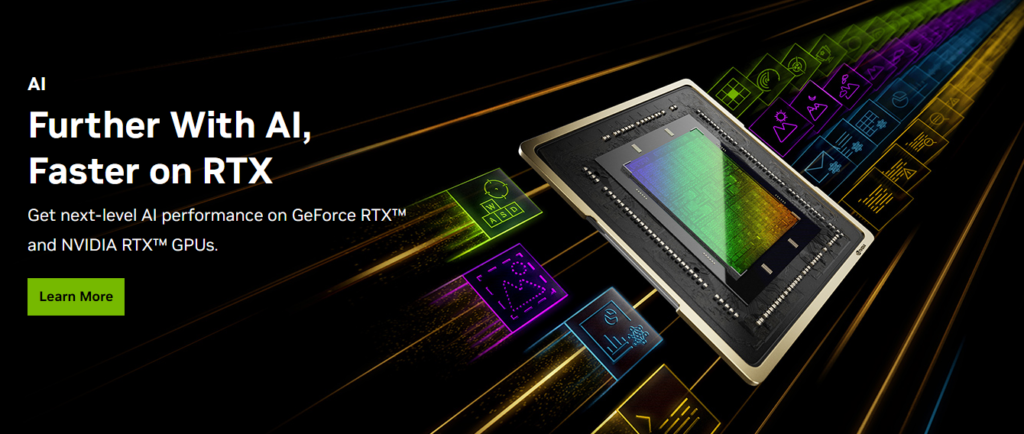Now the hot word in the market is Artificial Intelligence. Nearly everyone who invests in artificial intelligence (AI) has at least once looked at Nvidia (NASDAQ: NVDA). The stock has soared this year, increasing by around 200%. Some investors may be wondering on whether Nvidia may split its stock following this outstanding performance. After all, Nvidia has undergone several stock splits, all of which were at lower prices.
At the center of the AI revolution lies Nvidia
Why is it such a huge deal when stocks split? They are only superficial, after all. Basically, it means that more investors will be able to purchase stock at brokerages without the need for fractional shares.While this is typical in American brokerages, it is less typical outside. With a market worth of $1.1 trillion, Nvidia is currently the sixth largest company in the world and is one of the biggest in the globe overall.
Nvidia is one of the top investments in AI, therefore another stock split might release more value.The corporation split its shares for the last time in 2021 at a price of over $800 per share, but it had previously split it in 2006 and 2007 at a price of about $50 to $60 per share. Investors shouldn’t therefore automatically discount this choice. Jensen Huang, the CEO of Nvidia, has held the position ever since he established the business in 1993.
Nvidia is a tempting AI investment, but why?
The foundation of AI computing is made up of graphic processing units (GPUs), which are its main product. Because they must handle a lot of data quickly, GPUs are ideal for AI computing. Furthermore, GPUs can be connected to one another to build a more potent machine. Because its GPUs are the finest in their class, Nvidia has experienced a huge increase in sales as a result of customers wanting to construct these supercomputers to power their AI models. This was demonstrated in the company’s most recent quarter, when sales at Nvidia grow by 101% to $13.5 billion. In addition, it anticipates Q3 revenue to increase by 170% to $16 billion. Rarely do businesses see their income nearly treble in one year.
Also read : The Outer Worlds 2 is Technically ahead Over Starfield
Analysts have high expectations for Nvidia
Nvidia’s trailing price-to-earnings ratio (P/E) of 105 makes it simple to dismiss the company as being overpriced. But that completely misses the point. It is preferable to examine forward-looking estimates because Nvidia is undergoing a significant corporate transition in order to determine the type of growth already factored into the stock price.
Analyst projections, which are not flawless, are used in forward ratios.However, they at least provide a beginning point for us to comprehend what analysts anticipate during the ensuing 12 months.These numbers indicate that over the next 12 months, analysts anticipate a 66% increase in sales and a 162% increase in profitability.Those are high expectations, but given that Nvidia reported 101% revenue growth and 854% earnings growth in Q2, I believe these objectives are reachable.
However, a concern looms: What transpires after the boom? My main worry with Nvidia is that it’s unclear how many AI data centers would need to be constructed and how frequently they’ll be upgraded. Nvidia is a well-known cyclical corporation; if demand for its GPUs plummets, its stock will.
Therefore, I would advise investors to exercise care while buying Nvidia stock. I don’t believe that, however, is a cause to completely avoid Nvidia. Even while I wouldn’t make Nividia a sizable portion of my portfolio, I believe it’s acceptable to invest a little amount (let’s say 1%), just in case this GPU boom continues for several more years. You’ll receive a reward if it succeeds. However, if it doesn’t, you’ll be spared irreparable damages.
